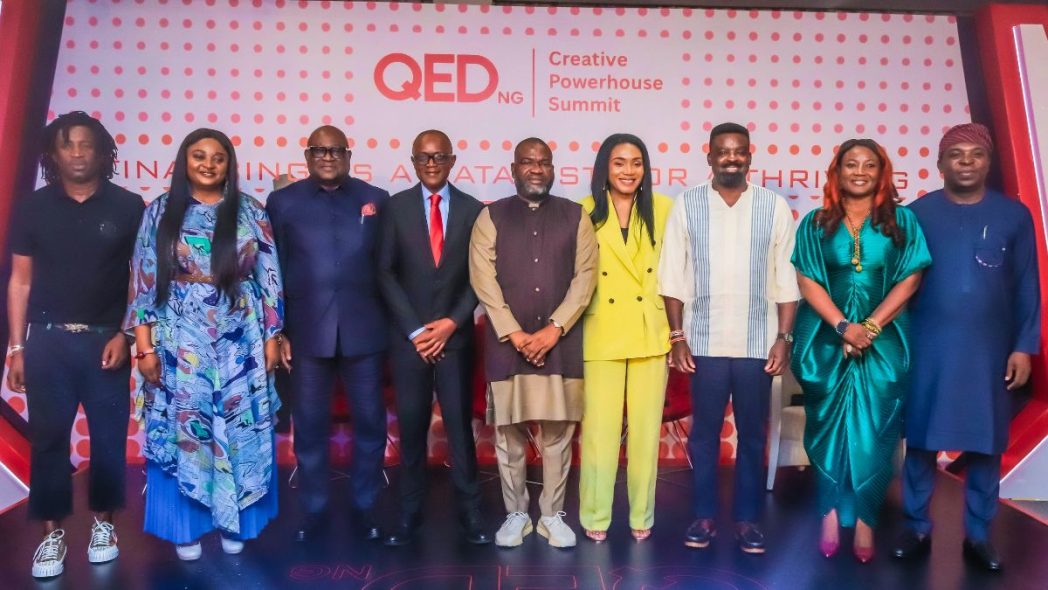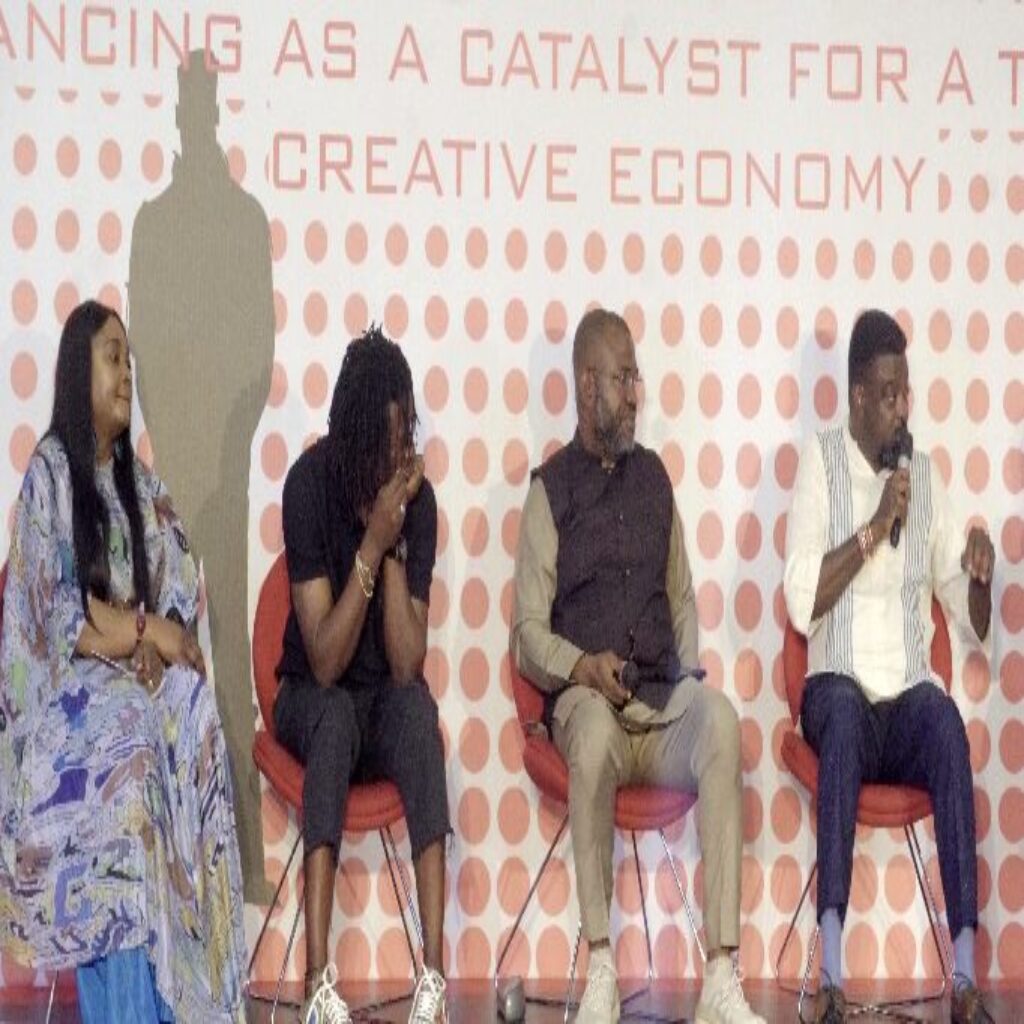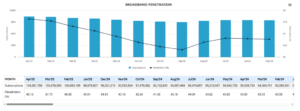Leaders in Nigeria’s creative industry say artificial intelligence (AI) presents both risks and opportunities for the sector, while calling on financiers to recognise its economic value and channel funding into technology-driven growth.

Speaking during a panel session at the QED NG Creative Powerhouse Summit in Lagos on Tuesday, Kunle Afolayan, Nollywood filmmaker, says technology “is meant to support and to enhance, to improve,” but warns that “it’s going to take a lot of people’s jobs” if creatives fail to adapt.
Speaking during a panel session at the QED NG Creative Powerhouse Summit in Lagos on Tuesday, Kunle Afolayan, Nollywood filmmaker, says technology “is meant to support and to enhance, to improve,” but warns that “it’s going to take a lot of people’s jobs” if creatives fail to adapt.
“If you don’t key in, a lot of people who are being creative, who focus mainly on writing and research are going to lose their jobs… if you don’t want to lose your job, then you have to find a way to be better than AI, really,” he says.
Mary Ephraim-Egbas, Founder of Africa Film Finance Forum (AFFF), points to AI film-tech tools that can help bridge the gap between creative projects and financiers. She gives an example of AI script valuation tools that reflects a growing “film-tech” niche, where algorithms assess story potential, estimate production costs and forecast box office returns. Similar platforms in the US and Europe are already used by studios to greenlight projects and by banks to reduce lending risk.
Joseph Edgar, Founder of Duke of Shomolu Productions, argues that conventional lenders will not fully understand creative sector risk, and calls for industry-run investment vehicles.
“The traditional banks will never understand you… My advice is to build sub-structures, funds, that are run by people who understand your basic needs.”
Mike Dada, president of the All Africa Music Awards (AFRIMA), says the onus is on the creative community to educate policymakers and lenders about its economic potential. “It is the duty of this industry, either by workshops or any other means, to ensure that they understand. You communicate to them… the potential of this industry to reduce poverty, to take people, young people, away from the streets. It is our duty to let them understand,” he says.

Ephraim-Egbas says that a major barrier to financing is that many banks and investors do not understand how the creative industry operates or how to evaluate its numbers. She recalls that some bank executives openly admitted this knowledge gap and even requested training. Her organisation responded by developing a programme that has so far trained 15 banks, as well as other investors and financiers, to better understand film financing.
Disputed numbers
The panel, moderated by Anike-Ade Funke Treasure, also addresses how Nigeria measures the creative economy. A statistic read to the room from the National Bureau of Statistics (NBS) says Nigeria’s creative industry contributed 1.2% to GDP in 2022, compared to Morocco’s 2.7%, Egypt’s 4.3% and South Africa’s 3%.
Edgar disputes the GDP figures, saying the lack of accurate data collection means the industry’s real value is not captured. “You can’t, for the life of me, say that an industry that is creating a kind of workforce that is created nationwide and globally is contributing only 1%,” he says.
Afolayan also questions whether official GDP tallies reflect the broader value chain in film production. He says a single shoot involves multiple departments, from catering and accommodation to fashion and makeup, that generate income but may not be captured in government figures.
Ephraim-Egbas says that a major barrier to financing is that many banks and investors do not understand how the creative industry operates or how to evaluate its numbers. She recalls that some bank executives openly admitted this knowledge gap and even requested training. Her organisation responded by developing a programme that has so far trained 15 banks, as well as other investors and financiers, to better understand film financing.
While this has not yet translated into significant new funding, she believes it will in time. “They have to understand. They have to know what this industry is about and how it works,” she says. She adds that the creative sector requires a full ecosystem of support beyond content creators including financiers, insurers who understand industry-specific risks, lawyers with sector expertise, and marketing professionals capable of effectively curating and delivering content to audiences.
Tech as a bridge
Globally, the creative economy is a major growth sector. UNESCO estimates the global film industry alone is worth $136 billion, yet Africa accounts for less than 1% of that value. The World Bank has identified technology adoption, particularly digital distribution and data analytics, as a driver for emerging creative hubs to access global markets.
Nigeria, with a median age of 19 and 70% of its population under 30, has one of the world’s largest pools of digital-native talent. Nollywood produces thousands of films each year and is the world’s second-largest film industry by volume, yet panelists say the lack of reliable industry data and sector-specific financing tools limits investment.
Several speakers recall that Nollywood and the music industry grew largely without government support. While the federal government now targets a 400% sector growth by 2027 under a new ministry, panelists say private capital that can be potentially mobilised through AI-driven due diligence and industry-led financing, will be key to sustaining expansion.
Source of Article


